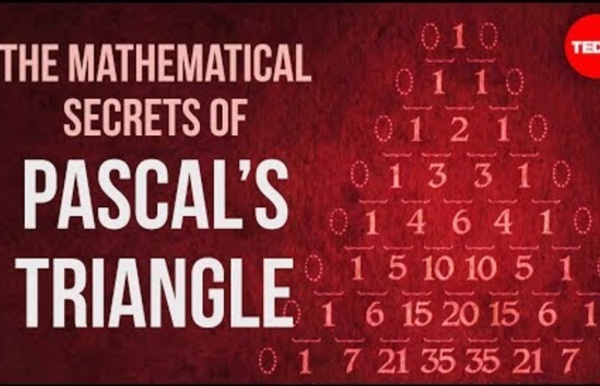Zoom
Trash
Related: Quelques perles rares!
- `test 1014



http://www.youtube.com/watch?v=XMriWTvPXHI
Related: Quelques perles rares! • `test 1014Epicycles de Ptolémée Epicycles de Ptolémée Pour les grecs depuis Aristote (−385, −322) la Terre était le centre du Monde. Seul Aristarque de Samos (−310, −230) avait envisagé un système héliocentrique. La Terre est le centre du Monde et seuls sont possibles les mouvements rectilignes et circulaires uniformes étaient deux dogmes. Mais ces dogmes posaient aux observateurs du ciel un problème majeur : Comment expliquer les boucles des planètes ?
La beauté de la multiplication Question : faut-il être fou pour parler d'arithmétique modulaire à un collégien ?Réponse : non ! On l'utilise même tous les jours en regardant l'heure... L'idée de base de l'arithmétique modulaire est de travailler non sur les nombres eux-mêmes, mais sur les restes de leur division par quelque chose.Par exemple, s’il est 16h52 et que j’attends 15 minutes, il sera 17h07, autrement dit 52+15=7 dans l’arithmétique (des minutes) de l’horloge. Ce que nous en écrivons, en mathématiques : 52 + 15 ≡ 7 (mod. 60) multiplication modulaire